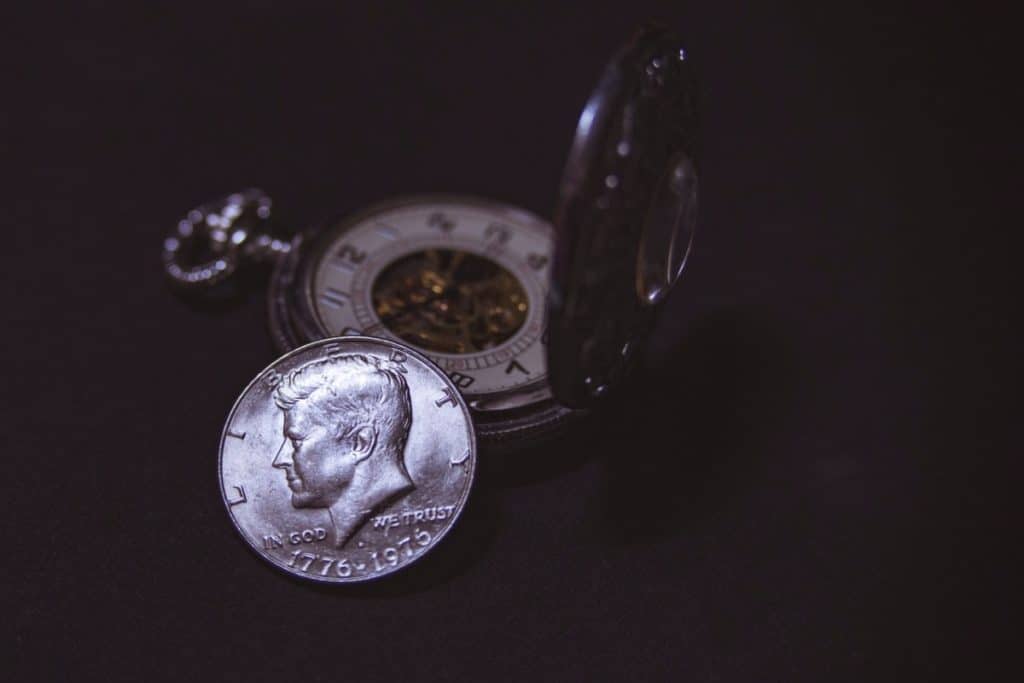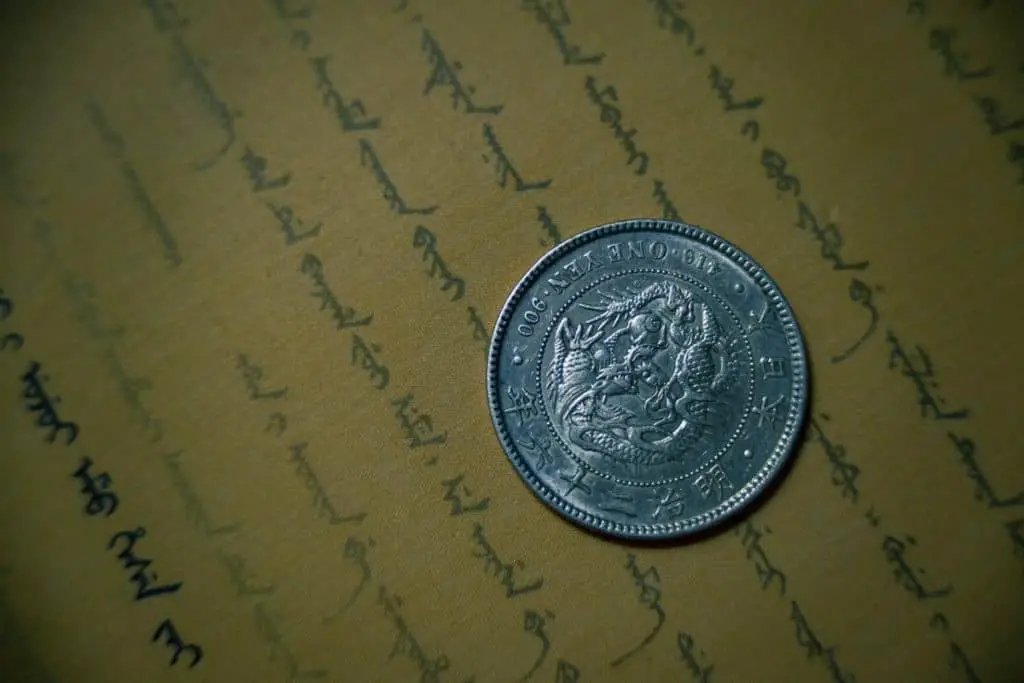
If you are interested in finding out if you can eat silver then you’ve come to the right article.
As, in this article, you’ll find the exact answer to this question, and also after you’ve read the answer to the main question then I’ll cover the answers to a few more closely related questions as well to extend your knowledge further.
I hope you learn a lot from this article.
Can you eat silver?
Silver is not toxic to humans, but it also has no nutritional benefits.
So although it can be consumed, there is no benefit in doing so.
Moreover, a large, dense, or irregularly shaped silver object could cause damage to your mouth, esophagus, stomach, and other regions within the gastrointestinal tract.
Biting or chewing on a solid silver object can crack or chip your teeth.
If it has a sharp edge, it could cut or puncture organ tissue, resulting in bleeding or hemorrhaging, and possibly infection.
Can you eat silver leaf?
Silver leaf (sometimes referred to as silver foil) is a thin, inert sheet of pure silver that is used to garnish dishes.
Unadulterated or pure silver is a very soft and pliable metal, which allows it to be mechanically or manually beaten into a very thin sheet.
Because silver is not toxic and is considered hypoallergenic (there are no known cases of silver allergies), these sheets, or garnishes made from them, can be eaten.
However, they are purely decorative since they hold no nutritional value.
While the genuine silver leaf is safe to consume, a chef must be certain that the leaf or foil they are using is pure silver.
Sickness and complications can arise if someone uses a leaf that has impurities, such as heavy metals (like, for example, nickel or lead), or when aluminum has been substituted for silver which is an illegal practice that violates food safety regulations.
Can you eat silver foil?
Food-grade silver foil (or silver leaf) is safe to consume.
In its pure form, silver is non-toxic and hypoallergenic.
The sheets are pliable and thin enough that they do not cause gastrointestinal problems.
Government regulators issue purity and safety standards governing the production of food-grade silver foil.
Improperly manufactured silver foil can contain heavy metals, such as lead or cadmium, which are toxic.
Therefore, it is important to only use pure silver foil from a reputable manufacturer when garnishing dishes, since any adulterations or impurities can result in health complications and poisoning.
How is edible silver foil made?
Food-grade silver foil is made from pure non-ionic silver, which contains no additional elements.
Unlike ionic silver, non-ionic silver does not dissolve when placed in a solution, such as water.
In its pure form, silver is very soft and malleable.
Owing to these properties, inert silver can be either mechanically or manually hammered into a very thin, delicate sheet.
Traditional manufacturing techniques involved placing silver inside either a leather pouch or the intestines taken from an ox or cow.
The encased silver was then pounded between stones or hammered until it was very thin.
The animal-product pouches or booklets, as they are sometimes known are durable enough to withstand the blows from the stone or hammer but elastic enough to allow the force to be transmitted to the silver.
Modern production techniques use machines to press silver into sheets.
Silver leaf is sold as loose leaf, which has to be applied to food with a brush, or as transfer leaf, which comes on a sheet of parchment paper and can be applied to food without the use of a brush.

Is edible silver foil safe to eat?
Genuine edible silver foil is safe to eat.
However, impure or adulterated silver foil can contain harmful heavy metals and some traditional manufacturing techniques are unsanitary.
Silver foil that will be consumed should be purchased from a reputable manufacturer that is subject to food safety regulations.
Can you eat silver dragées?
Silver dragées are decorative solid balls of sugar that are coated with a layer of pure silver.
They look like metal beads, and they are often used to decorate cakes.
The components of silver dragées namely, sugar and pure silver are non-toxic and edible, though the silver has no nutritional content.
However, they are very hard, and biting them can damage the teeth.
The US Food and Drug Administration (FDA) considers dragées to be purely decorative and unsafe to consume.
Selling or marketing silver dragées as consumable food violate FDA policy, and the agency has the authority to seize and detain any such products.
Since 2003, selling dragées has been illegal in California.
However, they can still be purchased as cake decorations elsewhere in the United States.
What happens if you eat silver?
There are two types of silver: ionic (or chemical) silver and non-ionic (particulate) silver.
Ionic silver dissolves when placed in a solution, such as water or, in the case of human digestion, gastric acid.
Non-ionic silver does not dissolve.
When you consume ionic silver, it will be digested.
Non-ionic silver, by contrast, will pass through your gastrointestinal tract without being digested, since it does not dissolve.
Consuming large amounts of either ionic silver or tiny silver particles (silver dust), either by eating it or inhaling it, can result in a build-up of the substance in the body.
This causes argyria, an irreversible condition in which the skin begins to turn gray or blue.
While it is not yet known whether argyria causes other health complications, there is evidence that it is correlated with decreased kidney functioning and impaired night vision.
What are the benefits of eating silver?
There are no health benefits associated with consuming silver.
Some people ingest colloidal silver which is a suspension of silver particles in water because they believe it has health benefits.
This is not an accepted medical practice though.
The US Food and Drug Administration has ruled that ingesting colloidal silver is neither a safe nor effective treatment for any disease.
They do, however, approve the use of colloidal silver for topical skin conditions.
Is silver safe to eat?
Pure, non-ionic silver particles and silver leaf sheets made from such particles are not toxic in small quantities and are safe to eat.
However, regular consumption can result in argyria, a condition in which the skin turns gray or blue.
Argyria is not life-threatening, but it is a permanent, irreversible skin condition that many people would find to be unappealing.

Is silver poisonous?
Silver is not toxic in small quantities and it is generally considered hypoallergenic since there are no known cases of people exhibiting an allergic reaction to it.
Because exposure to silver is benign, it is used to produce eating utensils.
Although it is not poisonous, consuming large amounts of silver or prolonged exposure to silver dust can result in a build-up of the substance in the body’s tissues, resulting in gray or blue-colored skin.
This condition is known as argyria, and it is irreversible, even if someone stops eating silver.
How can they make silver safe to eat?
Various methods have been used to make consumable silver.
The most well-known is colloidal silver, which is a suspension of microscopic silver particles in water.
In culinary circles, pure particle silver is beaten or hammered to make silver foil (or silver leaf), which is used as a non-nutritive decoration or garnish.
Non-ionic (or particle) silver does not dissolve and thus isn’t absorbed by the body.
Ionic (or chemical) silver, by contrast, does dissolve when placed in a solution, so it is absorbed during the digestion process.
